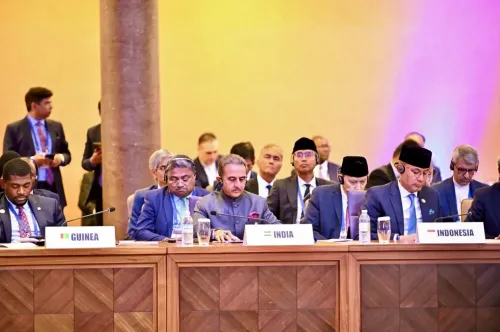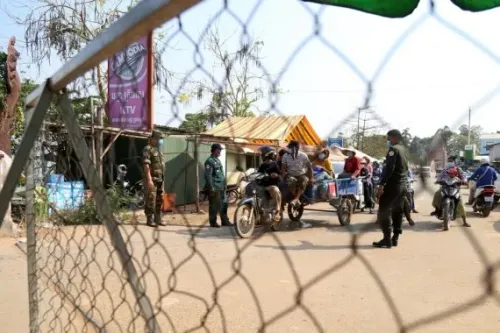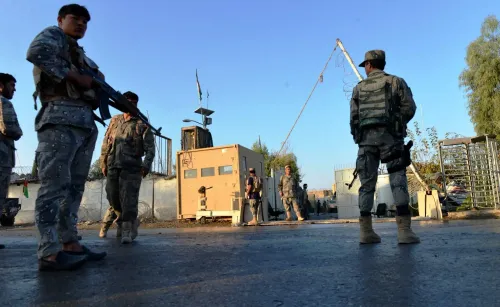What’s Causing the Surge in Dengue Deaths in Bangladesh?

Synopsis
Key Takeaways
- Recent deaths from dengue have raised concerns in Bangladesh.
- New guidelines for hospitals aim to improve patient care.
- Public awareness and community action are vital in preventing dengue.
- Vector control remains key to dengue prevention.
- Early detection can lower the risk of severe outcomes.
Dhaka, Oct 15 (NationPress) In the last 24 hours, four individuals suffering from dengue succumbed to the disease in Bangladesh, raising the total death toll from this mosquito-borne illness in 2025 to 242, according to local media reports.
During the same timeframe, an additional 758 patients were hospitalized due to viral fever, bringing the cumulative case count to 57,105, as reported by the Directorate General of Health Services (DGHS). The recent fatalities were noted in the Dhaka South City Corporation (DSCC) and Barishal division, as per the United News of Bangladesh (UNB).
Currently, 2,655 patients are receiving treatment in various hospitals across Bangladesh.
In 2024, 575 people lost their lives to dengue. During that year, 101,214 dengue cases were documented alongside 100,040 recoveries, as indicated by the DGHS.
On September 16, the DGHS introduced new protocols for public hospitals to ensure proper care for dengue patients. These guidelines mandate that all hospitals in Bangladesh create specialized wards for dengue treatment and assemble dedicated medical teams. The directive was issued by DGHS Director (Hospitals and Clinics) Abu Hossain Md Mainul Ahsan.
The DGHS emphasized that hospitals must implement special arrangements for patients undergoing treatment for dengue. They are required to facilitate NS-1 tests, emergency care, and ensure an adequate supply of medicines for patients, as reported by the leading Bangladeshi daily Dhaka Tribune.
Patients receiving treatment for dengue must be placed in designated wards or rooms, with priority given to ICU support when necessary. Additionally, doctors and nurses have been assigned specific responsibilities.
The directive also called for the formation of a board comprising specialists in medicine, pediatrics, and other relevant fields to oversee the treatment of dengue and Chikungunya patients. Under this board's supervision, trained physicians, medical officers, and residents will cater to the needs of dengue and Chikungunya patients.
As per the guidelines, the same board and physicians should attend to suspected patients who visit outpatient departments.
Hospital directors are instructed to send correspondence to city corporations or municipalities to organize mosquito eradication and cleanliness campaigns around hospital premises. Furthermore, a coordination meeting focused on dengue must be held weekly, chaired by the director, superintendent, and civil surgeon.
Dengue is a viral illness caused by the dengue virus (DENV), which is transmitted to humans via bites from infected mosquitoes. It is prevalent in tropical and sub-tropical regions globally, primarily in urban and semi-urban settings, according to a statement by the World Health Organization (WHO). The prevention and control of dengue hinge on effective vector management. Although there is no targeted treatment for dengue, early detection and access to quality medical care significantly reduce fatality rates associated with severe dengue.









